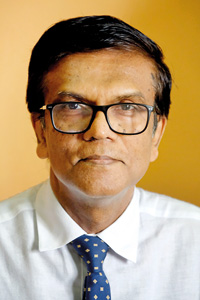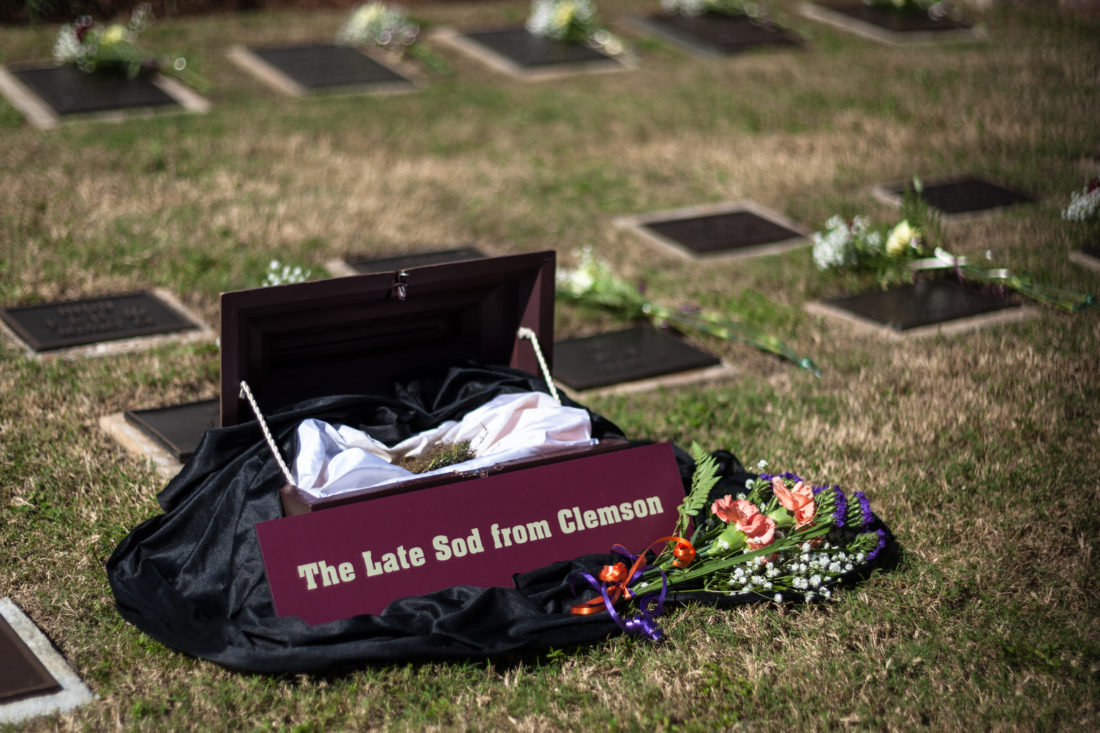amicitaacademy.com – Real Madrid is not just a football team; it is one of the most iconic and storied clubs in the history of sports. Founded over a century ago, Real Madrid has achieved unparalleled success, building traditions and establishing legacies that are celebrated by fans worldwide. From its early beginnings to its current position as a footballing giant, Real Madrid’s story is one of excellence, passion, and unbreakable traditions.
The Early Years (1902–1940s): The Foundation of Greatness
Real Madrid, originally named Madrid Football Club, was founded on March 6, 1902, by a group of young Spanish enthusiasts led by Juan Padrós and Carlos Padrós. It wasn’t until 1920, when King Alfonso XIII of Spain granted the club the title “Real,” meaning “Royal,” that Real Madrid Club de Fútbol officially became the name. This royal endorsement established a sense of prestige and honor that would become a central part of the club’s identity.
In the 1930s, Madrid captured several trophies domestically, cementing their dominance in the Spanish league and building a fierce rivalry with FC Barcelona, giving rise to El Clásico—one of the most high-stakes and passionate rivalries in football.
Building an Empire (1950s–1960s): The Era of Di Stéfano and the European Glory
The 1950s marked the beginning of Real Madrid’s rise to international dominance. The club signed Alfredo Di Stéfano in 1953, a move that would transform Real Madrid into a global powerhouse. Di Stéfano, known for his skill and versatility, led the team to an era of unprecedented success. During this period, the team won five consecutive European Cups (1955-1960), an accomplishment that remains unmatched to this day. Di Stéfano, along with Francisco Gento and Ferenc Puskás, forged a dynasty that established Real Madrid as “kings of Europe.”
In 1955, Real Madrid’s president, Santiago Bernabéu, proposed a tournament among the best European clubs—the beginning of the UEFA Champions League. The club’s success in Europe became a cornerstone of its identity, emphasizing the commitment to dominating on an international stage.
The Santiago Bernabéu Stadium: A Fortress of Tradition
In 1947, Real Madrid inaugurated the Santiago Bernabéu Stadium, named after the club’s legendary president. This stadium would become more than just a ground for matches; it became the symbol of Real Madrid’s strength and tradition. With a capacity of over 80,000, the Bernabéu has witnessed countless historic games and legendary moments.
The stadium plays an integral role in Madridista culture. Fans, known as Madridistas, have an almost spiritual connection to the Bernabéu, where they gather to support the team with an unwavering passion. This stadium has hosted many of the world’s greatest players and historic matches, making it a revered ground in world football.
The Galáctico Era (2000s): A New Tradition of Star Power
In the early 2000s, Real Madrid entered the Galáctico era, under president Florentino Pérez, who focused on signing world-class players. During this period, stars like Luis Figo, Zinedine Zidane, Ronaldo Nazário, David Beckham, and Roberto Carlos joined the club, attracting global attention and heightening Real Madrid’s profile.
Though results were mixed, the Galáctico strategy solidified Real Madrid’s image as the “club of stars,” attracting fans worldwide. While the Galáctico approach focused on glamour and star power, it also reinforced the club’s dedication to excellence and global appeal. The tradition of signing big-name players continues today, with Real Madrid consistently landing some of the sport’s biggest stars, such as Cristiano Ronaldo and Gareth Bale in later years.
The Cristiano Ronaldo Era (2009–2018): A Modern Legacy
In 2009, Real Madrid broke transfer records to sign Cristiano Ronaldo from Manchester United. Ronaldo’s arrival began another golden period, during which he set records and led the team to remarkable achievements, including four UEFA Champions League titles (2014, 2016, 2017, and 2018). Under the guidance of manager Zinedine Zidane, Real Madrid won three consecutive Champions League titles—a feat unheard of in the modern Champions League era.
Ronaldo became the club’s all-time leading scorer and brought a new level of excellence to the Bernabéu. His rivalry with Lionel Messi, who played for Barcelona, added intensity to El Clásico and gave fans a historic era to celebrate and remember.
Modern Successes and Challenges (2018–Present)
Following Ronaldo’s departure in 2018, Real Madrid faced challenges in rebuilding. However, with a focus on young talent and strong management, the team continued to find success. Under manager Carlo Ancelotti, Madrid won the 2021-2022 Champions League, adding a 14th title to their collection—a record in European football.
Real Madrid’s commitment to a tradition of winning remains steadfast. The club continues to attract top talent while promoting young players from their youth academy, La Fábrica. This blend of global stars and homegrown talent represents a modern take on Real Madrid’s tradition of excellence.
Iconic Traditions: Real Madrid’s Unique Legacy
Several traditions are central to the identity of Real Madrid:
- Los Blancos: Real Madrid’s iconic all-white kit has remained largely unchanged since the early days. The all-white look represents simplicity, elegance, and the purity of purpose that Madridistas hold dear.
- The Club Crest and Motto: The club’s crest, featuring a royal crown, and its motto, “Hala Madrid y nada más” (“Go Madrid and nothing else”), embody the pride and loyalty of Madridistas. The song “Hala Madrid y nada más” is sung at every match as a reminder of the club’s passion and tradition.
- El Clásico Rivalry with Barcelona: Real Madrid’s rivalry with Barcelona is one of the most celebrated and heated rivalries in football. El Clásico transcends sport, embodying cultural and regional rivalries between Madrid and Catalonia, making it a game of immense historical and social significance.
- Legacy of Legendary Players: From Di Stéfano to Zidane, and from Raul to Ronaldo, Real Madrid has always attracted the world’s best. The tradition of legendary players continues with names like Luka Modrić, Karim Benzema, and new stars like Vinícius Jr. and Jude Bellingham.
- La Decimocuarta: Real Madrid’s pursuit of Champions League titles, symbolized in their quest for “La Decimocuarta” (the 14th), is more than a goal; it’s a way of life. The club’s record in Europe is a source of pride and a reminder that Madridistas expect victory on the continent’s biggest stage.
Conclusion: Real Madrid’s Eternal Legacy
Real Madrid’s history, traditions, and pursuit of excellence have made it one of the most respected and beloved clubs in the world. From the Di Stéfano era to the Galácticos, and now into a new era of young stars, Real Madrid’s traditions of excellence, passion, and pride continue to inspire fans worldwide. The club’s legacy is immortal, rooted in its dedication to being not only a team but a symbol of the unbreakable spirit of Madrid.






